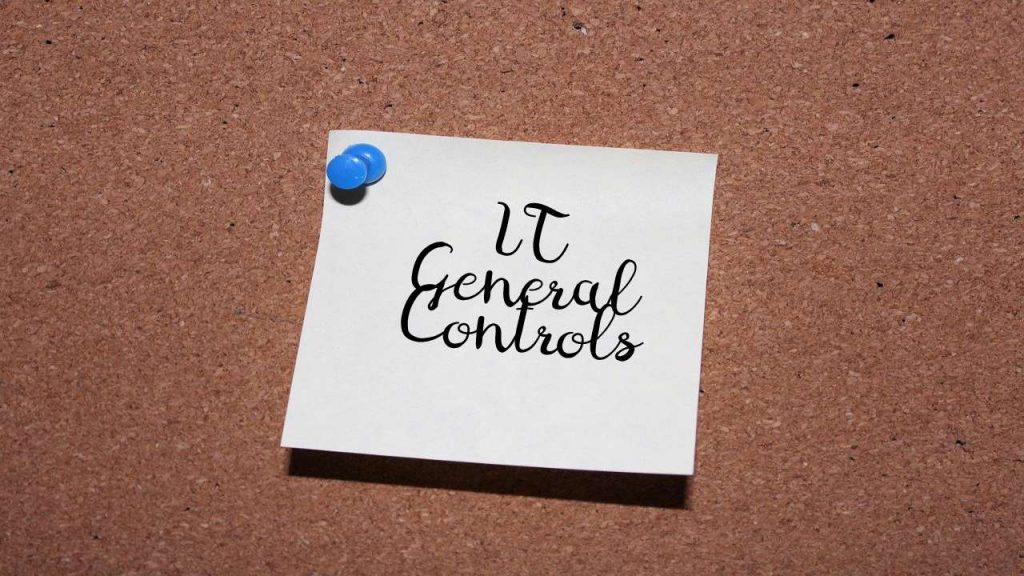IT is a part of everyone’s life. Much of IT is about data, yet just 37% of firms claim to be data-driven. What this means is little attention is given to safeguarding IT systems. This could prove detrimental to a business’s results.
To safeguard the integrity of IT systems, decision-makers must consider appropriate ITGC controls. In this guide, we discuss the four most important IT general controls that businesses should have.
Table of Contents
IT Entity-Level Controls
IT entity-level controls target the structure companies implement to manage their IT systems. To successfully master these controls, a team or a person should be responsible for oversight of an entire business’s IT systems.
In contrast, this group should be responsible for upgrading the system, technology investments, and annual IT risk assessments.
In other words, this is the top level of the ITGC controls. The bigger the business, the more complex implementing appropriate oversight becomes.
Change Management Controls
In fact, change management controls are a step down from entity-level controls. Therefore, these controls focus on changes within the IT environment of a specific entity.
In other words, they may focus on a Point of Sale (POS) system, for example.
In addition, within that POS system, some of the controls could include configuring firewalls, reviewing development changes, and ensuring the hardware is updated.
Businesses must ensure that the proper change management controls are in place to guarantee the integrity of the IT systems.
Information Security Controls
Information security controls focus on the security aspect of IT systems. Collectively, businesses lose $2.2 million every year to cybercriminals.
These controls are designed to implement best practices for preventing unauthorized access to company systems.
However, intrusion detection systems, robust firewalls, and dual-authentication implementation are just some of the key information security controls every business must consider if they are going to protect access to and manipulation of key information maintained by company systems.
Back-Up and Recovery Controls
In times of disaster, a quick recovery could make or break the future of your business. Whether through a natural disaster or a ransomware attack, backup and recovery controls minimize this threat.
With data security becoming a large concern, regulators now require many businesses to implement these controls. Whether GDPR or CCPA, these regulatory frameworks demand a higher standard of backup and recovery controls for businesses across the world.
When backup and recovery controls are hand correctly, businesses minimize downtime and ensure they can continue to serve their customers.
Conclusion
These four important ITGC controls do not require a considerable investment to properly execute and they are worth every penny.
They are the basic standard of security and ensure your business and your customers are protect from the threat of data breaches.
Failure to be aware of these ITGC controls could threaten the very future of your organization.
What do you think the benefits are of having ITGC controls in a business?

